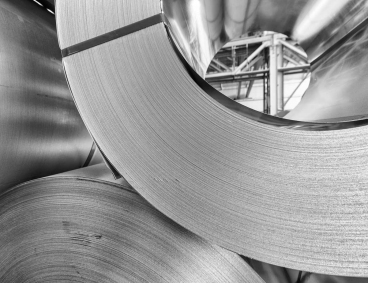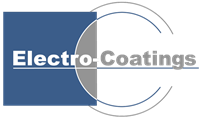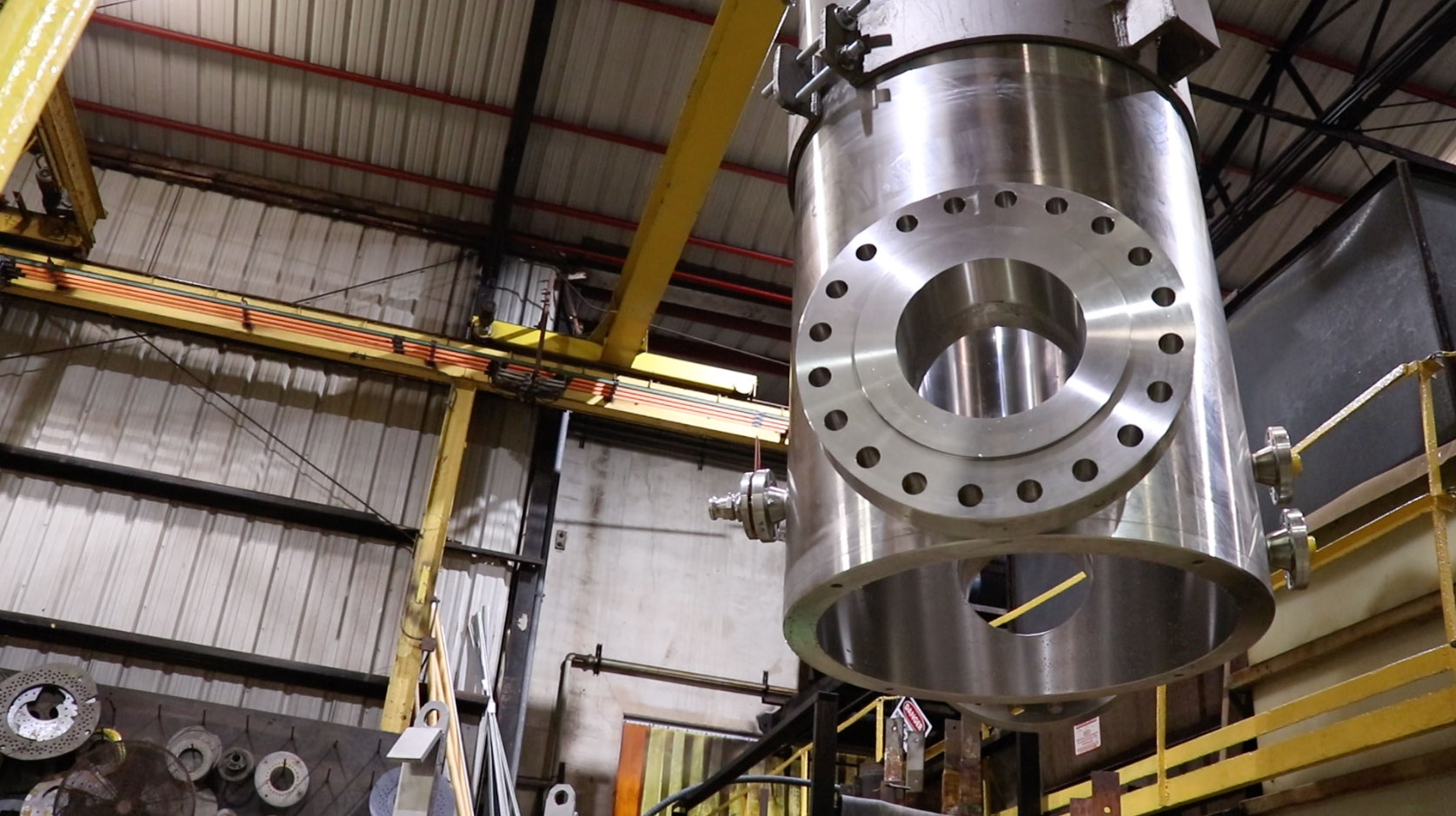Corrosion Resistant Coatings
Damage to equipment caused by corrosion is the largest maintenance requirement for industrial applications. In order to reduce the corrosion of metals, various techniques can be used to coat the metal substrate of components with a less reactive metal or alloy. Some of these techniques include electroplating, metal spraying and electroless nickel deposition. Out of these coating processes, electroless nickel coatings stand apart as a barrier coating. They do so by providing a surface free from imperfections, or "pin-holes". This smooth surface finish does not allow substrates to deposit, increasing the life of your component parts.
Benefits of Corrosion Resistant Metal Coatings
All of our corrosion resistant coatings form an impermeable barrier between the base metal and the outside elements in order to provide the best performance and longest life-span for your components. The coatings can also provide performance attributes other than corrosion resistance, such as fighting friction, minimizing wear and helping components maintain precise tolerances.
Electroless nickel on its own has excellent corrosion resistance, and when properly applied, the coating is almost completely resistant to alkalies, salt solutions/brines, chemical or petroleum environments, and all types of hydrocarbons, solvents, amonia solutions, and acids.
Corrosion Resistance of Electroless Nickel in Different Environments
Take advantage of the application expertise that each Electro-Coatings specialist contains. We are ready to sift through multiple options to find the best balance between quality and cost effectiveness.
A particularly unique quality that electroless nickel coatings possess, is their freedom from under-deposit or interface attack, which can occur when corrosion does begin through pin holes or damaged areas. Often times the corrosion does not spread in atmospheric or submerged water environments.
Seawater systems that contain shipboard hardware, fittings and valves, as well as land based systems that are exposed to seawater spray, are fully protected by a 3 mil (75µm) thick electroless nickel deposition.
Electroless nickel coatings ahve long been used to mitigate corrosion and erosion of component parts in the petroleum industry. There are several corrosives responsible for corrosion of metal components in petroleum environments, such as: salt water, carbon dioxide, hydrogen sulfide, oxygen, nitrogen / sulfur compounds, and organic / inorganic acids. Combine these corrosives with the environmental effects of temperature, pressure, velocity and abrasives.
There are two main factors that come into play within high temp environments, the first obviously being heat and the other is the elements that the coating is exposed to at those temperatures. When exposed to high temperature oxidizing environments such as flue gases, air or steam, electroless nickel coatings perform extremely well up to their melting point (1630°F or 890°C).
In sulfur containing enviroments, however, such as reducing flue gases or some refinery process streams, sulfidation of the coating may occur at temperatures above about 525°F (275°C).
Electroless nickel coatings can prevent cracking of a metal in environments that would normally cause rapid failure, such as preventing cracking of plain low alloy steel in steam and condensate environments. These coatings can also reduce sulfide cracking of high strength steels in petroleum environments.
This can be caused by two separate factors; First, the coating acts as a barrier between the part and the cracking environment, and second (and more important) the deposit appears to cause a shift in the corrosion potential of the substrate from the stress corrosion region into a potential range where cracking is not possible.
Electroless Nickel Coating Variations
- Nye-Croloy™ Nickel Chrome Plating - A two layer electroless nickel plating process which includes sulfamate nickel and hard chrome (Nye-Croloy™)
- Sulfamate nickel is a 99.9% pure nickel coating delivers exceptional corrosion resistance that is ideal for refurbishing precision parts.
- Kanigen® is an Industry Standard for Corrosion Resistance due to its chemically inert composition and exceptional bond strength
- Nye-Kote™ - adheres to any metallic substrate (with an adhesion rating of 300-400 MPa) meaning the protective coating will stay in place for long term protection in offshore and in harsh chemical environments.
Other Corrosion Resistant Platings
- Zinc Electroplating - zinc plating forms a sacrificial barrier around the substrate – it corrodes first, thereby protecting the metal underneath. Protection is typically measured in salt spray performance, such as specified in ASTM B117.
- High Velocity Oxy-Fuel (HVOF) Combustive Spray - High Velocity Oxy-Fuel (HVOF) coatings fight corrosion by enhancing the surface consistency, hardness and bond strength of many coating types, including tungsten carbide, chrome carbide, nickel alloys, cobalt alloys and various carbon and stainless steels.
- Nye-Croloy™ Nickel/Chrome Plating - Originally developed to protect equipment in oilfield and pumping applications from corrosion, it has evolved into a coating that works in almost any application requiring increased corrosion resistance, including hydraulic cylinders & rods, print cylinders & actuator cylinders, outer drive units and more.
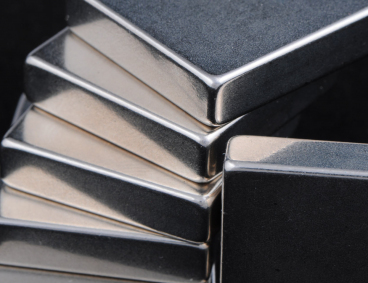
Hard Chrome Data
Learn More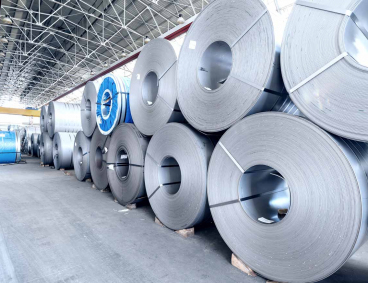
Electroless Nickel Data
Learn More